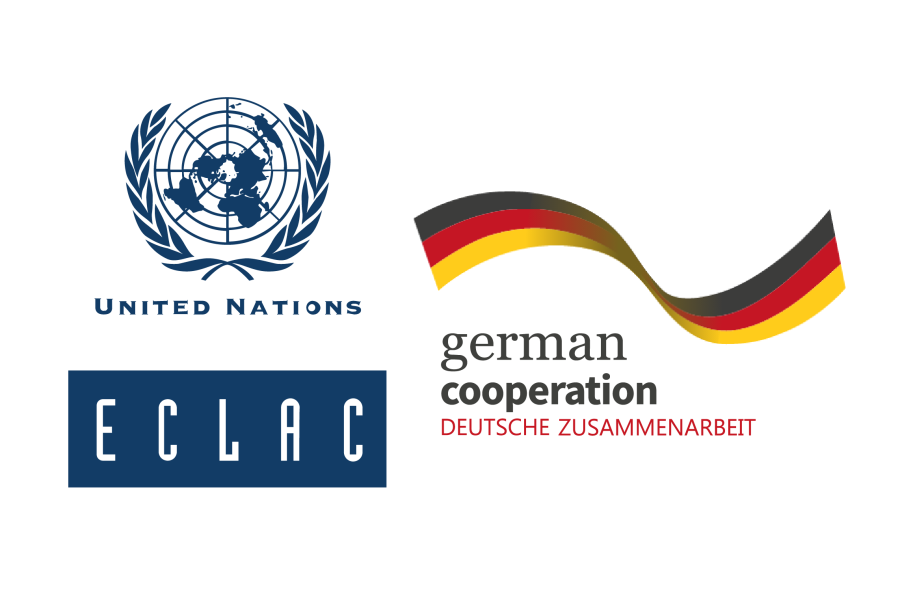Industrial policies for the twenty-first century: lessons from the United States
Work area(s)
Industrial policies for the twenty-first century: lessons from the United States
- Publication type: Project documents
- Author: Bonvillian, William B.
- Physical description: 66 pages.
- Publisher: ECLAC
- UN symbol (Signature): LC/TS.2024/13
- Date: 29 April 2024
Abstract
Amid the backdrop of advanced technology competition from China, climate change and a global pandemic, the United States —traditionally averse to industrial policy— embraced major industrial policy programmes between 2020 and 2022. These programmes focused on fostering technology innovation and are prime examples of industrial innovation policy. The scale of these initiatives and their focus on non-defence sectors are unprecedented. This study reviews six major examples of new United States industrial innovation policies involving federal government interventions in post-research phases of innovation, from development to prototyping, testing, demonstration and production.
These policies reflect different approaches, for example top-down strategies, whereby the government selects and supports specific companies, and bottom-up strategies, through which the government offers incentives for companies to meet government technology goals. However, gaps remain in areas such as scale-up financing, advanced manufacturing support and cross-agency coordination, although some efforts are under way to address them. While the United States has a highly developed economy, it has been experimenting with industrial policy models that may be relevant to developing nations in their efforts to meet the challenges of the twenty-first century.
Table of contents
- Introduction
- I. The United States historical context
- II. Defining industrial policy
- III. Prior United States industrial innovation policies
- IV. The driving forces behind the United States new policies
- V. United States industrial innovation policies in the 2020-2022 period and their underlying approaches
- VI. The new infrastructure required for United States industrial innovation policies
- VII. Summary of the new United States industrial innovation policies
- VIII. The top-five: lessons from United States approaches to industrial innovation policy potentially relevant to Latin American and Caribbean nations
